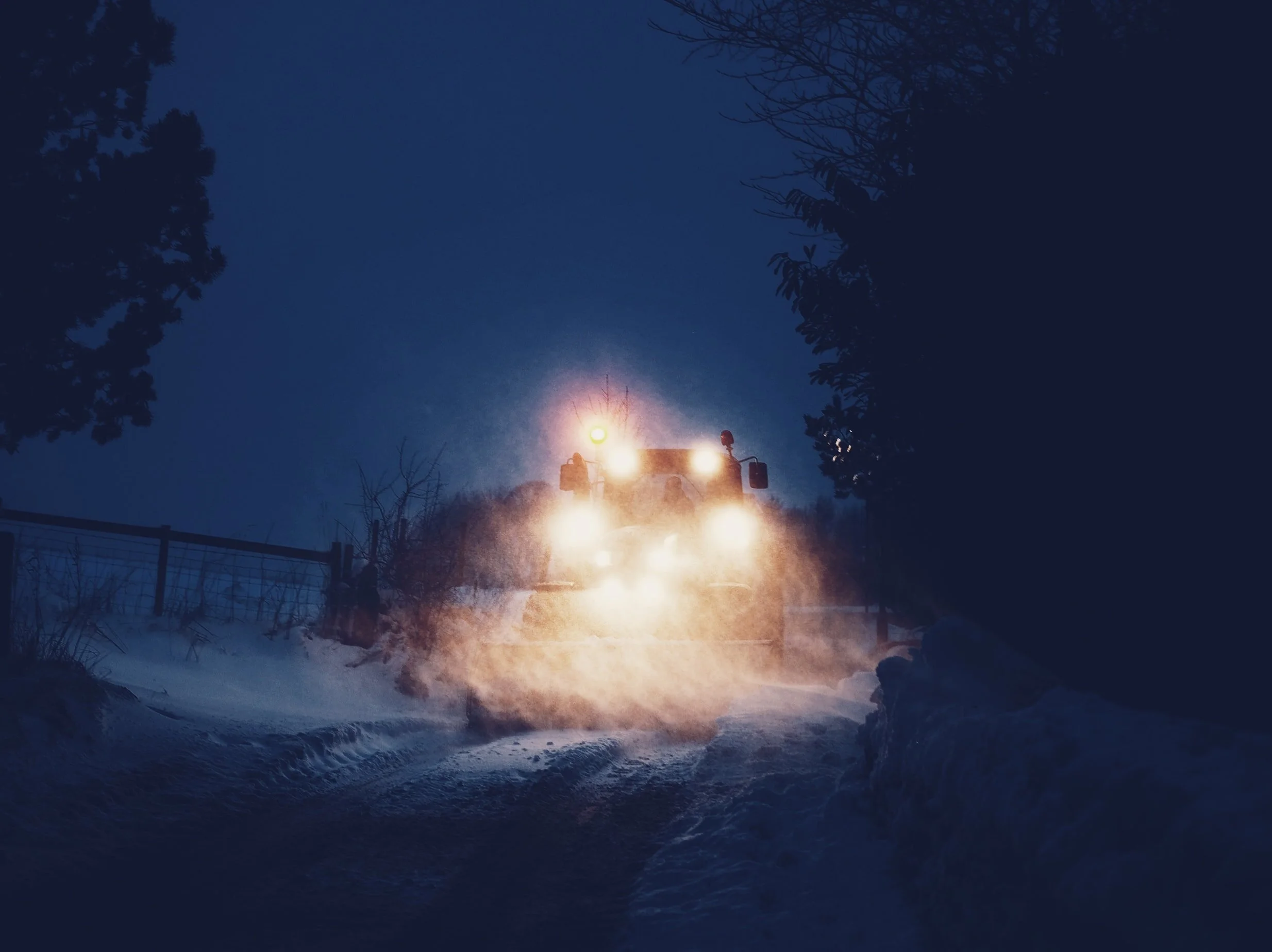Question of the Week: How Can I Show My Fire Department That Their Operations Don't or Shouldn't Require Wide Lanes?
Every Friday, we answer a new question that a reader asks in the Strong Towns Knowledge Base: a new Strong Towns platform where you can get the answers you need to take action locally.
This week’s question: How can I show my fire department that their operations don't or shouldn't require wide lanes?
Traffic calming projects—efforts to slow down cars by narrowing streets or introducing design elements that create friction—often meet with opposition from a seemingly unlikely source: the local fire department. The concern is with response times, which they view as a measure of their job performance and as a vital safety issue. Fire chiefs fear that if lanes are narrowed or removed, or parallel parking is added, fire trucks will not be able to maneuver as easily down residential streets to get to potential emergencies, and may find certain streets completely inaccessible because of the width and/or turning radius of the trucks.
This concern is deeply misplaced: in fact, wide streets cause much more harm than the threat of fire, because they induce drivers to speed. And your odds of being seriously injured or killed in a collision rise exponentially when hit at speeds above about 20 miles per hour. Here's a discussion by a traffic engineer of the danger posed by designing roads to allow unsafe speeds.
The fire-chief objection to narrow streets may be difficult to counter, though, because of the moral authority that these officials can hold and the fact that they speak in the name of public safety, a universal concern. Here are some resources to help you.
In the article, "How Fire Chiefs and Traffic Engineers Make Places Less Safe," Steve Mouzon cites examples and statistics you can use to show how:
- Wide streets make cities more dangerous
- Traffic deaths are 10 times as common as fire deaths
- Perhaps most importantly, narrow streets actually don't pose an increased fire risk: fire deaths are higher in the U.S. than in any Western European country, despite the compact cities and narrow Medieval streets of much of Europe.
…….
Want the rest of this answer? Visit the question on the Strong Towns Knowledge Base to read the rest of our advice, and then—most important—add your own! Or ask your own question! The Knowledge Base is a crowd-sourced document, and its goal is to collect the combined wisdom of the many brilliant, knowledgeable members of the Strong Towns movement.



In this episode of Upzoned, co-hosts Abby Newsham and Chuck Marohn discuss North America's uniquely large fire trucks and how they impact street safety.